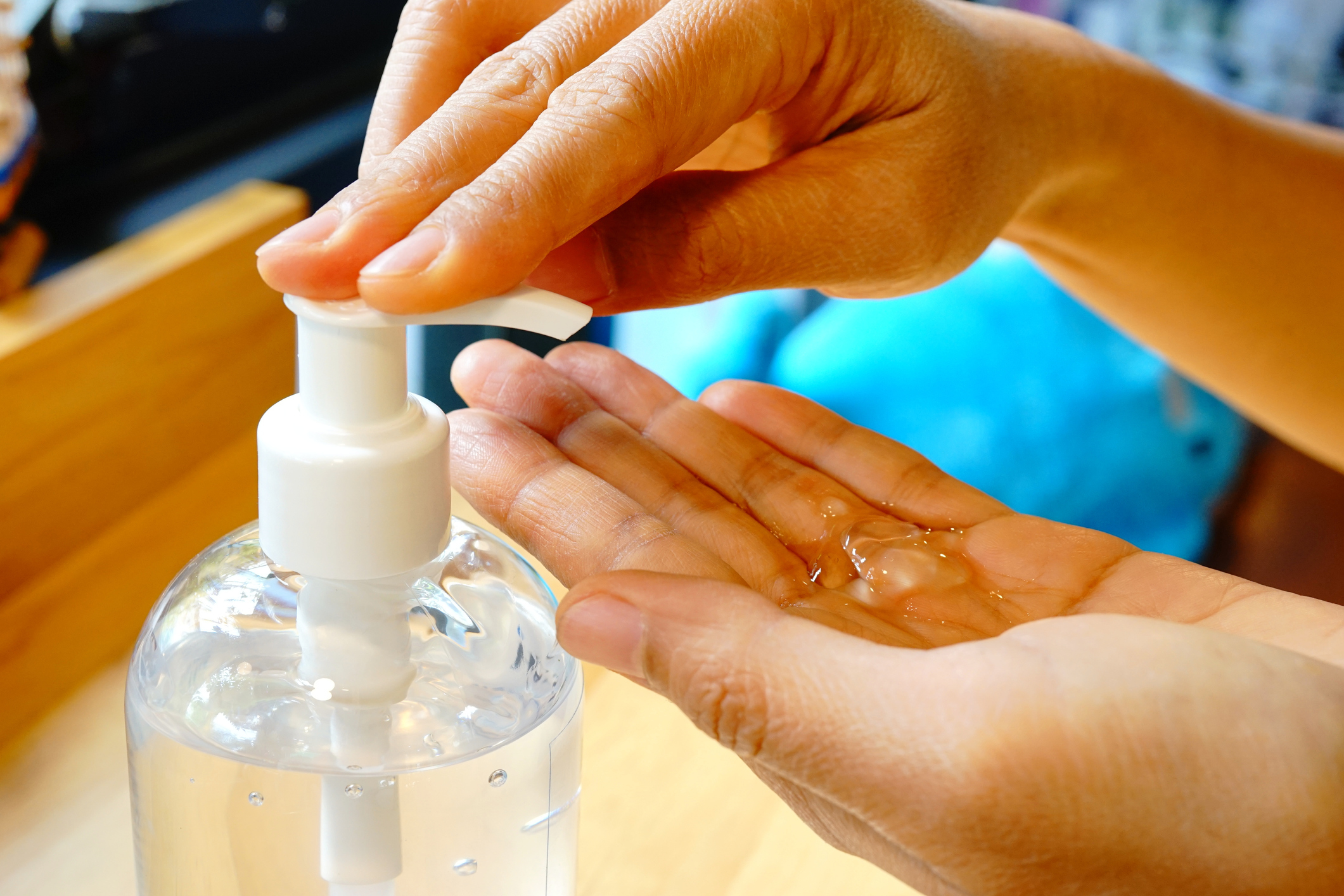In light of the COVID-19 healthcare crisis, the Center for Disease Control (CDC) continues to recommend that everyone wash their hands frequently in order to prevent catching or spreading the virus. If soap and water are not available, the CDC recommends using hand sanitizer containing at least 60% ethanol or isopropanol.
This recommendation has generated an unprecedented demand for alcohol-based hand sanitizers (ABHS). In order to meet this increased need, distilleries and breweries have started manufacturing their own hand sanitizers.
However, ABHS is much more flammable than the liquor typically produced by these manufacturers. As such, the National Fire Protection Agency (NFPA) is urging companies to closely monitor their production and storage practices to avoid a fire. These safety regulations also apply to healthcare facilities and hospitals who may be storing a greater amount of ABHS than usual, and so must be careful to maintain safe conditions.
Risks of Producing and Storing ABHS
The flash point of a material is defined as the minimum temperature at which the vapors given off by that material are at risk of concentrating into an ignitable fuel, which may combust upon contact with an external ignition source.
Because of the high alcohol content of AHBS, its flash point is around 60-70 degrees Fahrenheit, the average room temperature of most production and storage facilities. The NFPA considers ABHS a flammable liquid due to its low flash point in ambient conditions.
Regulations for Producing ABHS
The FDA has authorized a temporary allowance for facilities such as breweries and distilleries to produce ABHS for the duration of the COVID-19 crisis to meet overwhelming demand. Facilities must follow the relevant guidelines for production, including following the World Health Organization recommendation for its ingredients.
Records must be kept of the key steps in the production process, especially regarding the correct use of active alcohol ingredients. The alcohol content must be monitored for each batch before it is distributed to ensure the product is safe to ship, store, and use.
Regulations for Storing ABHS
Under the NFPA, any facility storing more than 5 gallons of ABHS must comply with the NFPA 30, Flammable and Combustible Liquids code. These regulations cover the storage of ABHS in a flammable liquids cabinet, or in an area protected by an automatic sprinkler system. NFPA 30 also covers which containers are appropriate for storing large quantities of ABHS.
Distilleries and healthcare facilities must also look at NFPA 101, Life Safety code. This code determines the proper placement and function of ABHS dispensers, as well as the allowable storage amount outside of dispensers. These regulations ensure that ABHS is stored and distributed in a way that limits the risk of ignition and follows standard fire safety measures.
Importance of ABHS Safety
During this time of heightened hand hygiene, the market has been flooded by demands for ABHS from individuals, as well as healthcare facilities. While distilleries and breweries have stepped up to meet this demand, the production and storage of ABHS is carefully monitored by the NFPA as a flammable substance.
Complying with these guidelines and regulations can reduce the risk of fire in production and storage facilities, but an established fire safety plan also helps organizations meet any situation that may arise. By taking every precaution and following the NFPA guidelines, breweries and distilleries can continue to support healthcare facilities in keeping their communities safe and healthy.







